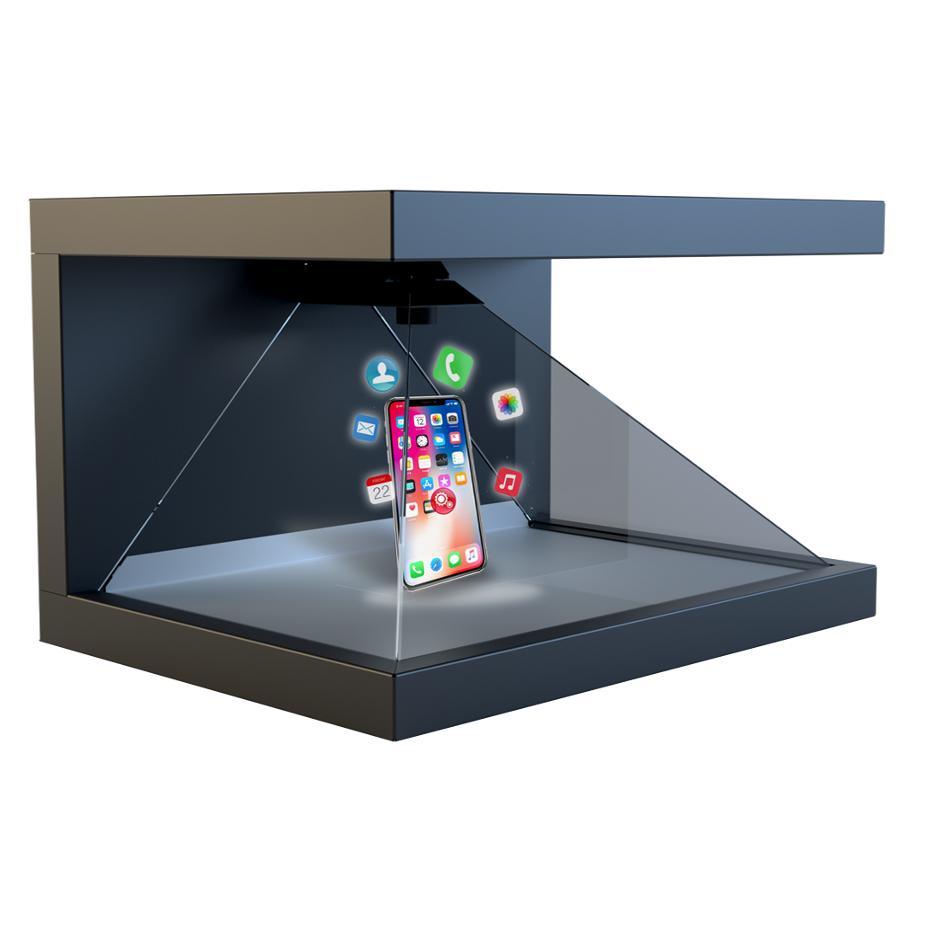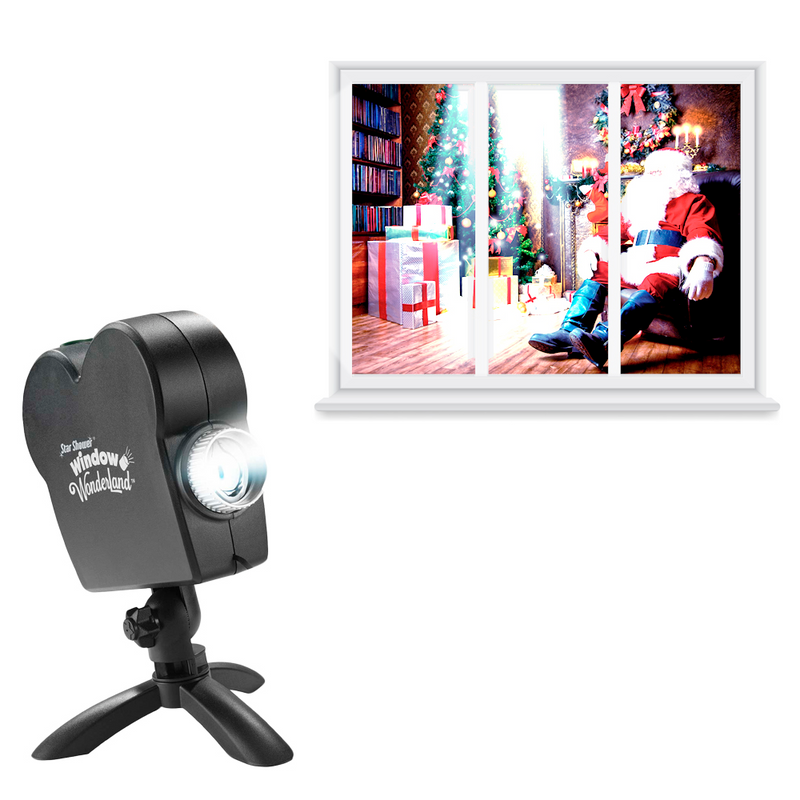Holographic projector represent a cutting-edge advancement in the realm of visual technology, captivating audiences with their three-dimensional images that seem to float in mid-air. This innovative technology holds great potential, finding applications in various fields such as entertainment, education, medicine, and advertising. Understanding how holographic projectors work and where they can be utilized is essential for anyone interested in the future of visual displays. This guide will delve into the inner workings of holographic projector and explore the diverse applications that make them increasingly popular.
What is a Holographic Projector?
Basics of Holography
Holography is a technique that captures and reconstructs light fields to create three-dimensional images known as holograms. Unlike traditional photographs, which capture a flat image, holograms allow us to perceive depth, enabling viewers to see different angles of the subject as they move. This immersive quality sets holography apart, making it an attractive option for industries looking to offer unique visual experiences.
How Holographic Projectors Operate
A holographic projector employs a combination of lasers, optical components, and digital processing to create and project holograms. The process usually begins with a laser beam that is split into two parts: the object beam and the reference beam. The object beam illuminates the subject, while the reference beam strikes a photosensitive surface. The interaction between these beams creates an interference pattern that encodes depth and detail. This pattern is then projected, allowing spectators to view the resulting three-dimensional image from various angles. Understanding this process provides insight into why holographic displays captivate audiences worldwide.

Types of Holographic Projectors
Laser-Based Holographic Projectors
Laser-based holographic projectors are the most commonly used type in various applications. They utilize coherent light from lasers to produce high-resolution holograms. These projectors are known for their clarity and depth, making them ideal for environments such as exhibitions, trade shows, and performance art. Many laser-based projectors can produce wide color palettes, further enhancing the richness of the projected images.
Digital Holographic Projectors
Digital holographic projectors represent a newer innovation in holography. These systems use digital signal processing and advanced algorithms to simulate the holographic experience. Unlike their laser counterparts, digital projectors can manipulate holographic data in real time, allowing creators to modify images instantly. This feature makes them suitable for interactive displays in museums and educational settings, where engagement with the audience is crucial. By recognizing the differences between these two types, users can choose the right projector for their specific needs.
Holographic Projectors in Entertainment
Revolutionary Cinema Experiences
One of the most exciting applications of holographic projectors has been in cinema and live performances. Filmmakers and concert producers are leveraging the technology to create striking visual narratives that captivate audiences. Holographic projections can make actors appear to materialize on stage, enhancing storytelling through spectacular visuals. This trend engages viewers in new ways, creating an unforgettable experience whether in a theater or at a concert.
Gaming and Virtual Reality
The gaming industry has also adopted holographic projectors to revolutionize how players interact with their environments. Holographic displays can transport users into immersive game worlds, allowing them to engage with characters and settings in ways traditional screens can’t provide. Players can literally reach out and touch holographic elements, making their experiences more interactive. This innovation not only sets the stage for more engaging gameplay but also opens up new opportunities for game design and narrative exploration.

Educational Applications of Holographic Technology
Transforming Learning Environments
Holographic projectors can significantly enhance the educational experience. By offering 3D representations of complex subjects, such as anatomical structures or historical artifacts, educators can provide more vivid demonstrations. Instead of simply reading about the universe, students can engage with a holographic model of a solar system, making learning more interactive and impactful. This hands-on experience can aid retention and understanding, allowing students to grasp difficult concepts effectively.
Virtual Laboratories and Training Simulations
In fields like medicine and engineering, holographic projectors allow for virtual laboratories that simulate real-world scenarios. Medical students can practice surgical techniques on holographic patients, receiving instant feedback without any risks. Similarly, engineers can visualize complex designs in three dimensions, facilitating better collaborative efforts and design efficiencies. The application of holography in training environments prepares individuals for real-world challenges, ensuring they’re well-equipped for their careers.
Holographic Projectors in Marketing and Advertising
Eye-Catching Displays
Businesses are increasingly turning to holographic projectors for marketing and advertising strategies. The captivating visuals draw attention, making products or services stand out in crowded marketplaces. Retail stores can utilize holographic displays to showcase new items, allowing potential customers to engage with products before making a purchase. The unique nature of holograms can effectively convey brand values and narratives, resulting in more memorable impressions.
Trade Shows and Exhibitions
At trade shows and exhibitions, businesses can use holographic projectors to create stunning presentations that captivate attendees. These projectors can demonstrate products or services in dynamic ways, sparking interest among potential clients or partners. By integrating visually stunning holograms with live demonstrations, businesses can make impactful statements that lead to increased audience engagement. This innovative marketing approach can lead to higher conversion rates and brand loyalty in the long run.

Future Trends in Holographic Technology
Advancements in Hardware and Software
As technology progresses, we can expect significant advancements in holographic projectors. Hardware components will become lighter and more efficient, reducing costs and expanding accessibility. Software developments will lead to improved algorithms that enhance image quality and enable real-time editing capabilities. These advancements will ultimately make holographic displays more versatile and easier to integrate into various applications.
Holography and Everyday Life
In the coming years, holographic technology may become commonplace in everyday life. Think about how virtual assistants could project 3D holograms to help users manage daily tasks or organize schedules. Imagine navigating through cities with holographic directions appearing before you, blending technology with reality. These potential applications highlight a future where holography can significantly improve communication and information sharing.
Challenges and Considerations
Technical Limitations
Despite the excitement surrounding holographic projectors, several technical challenges remain. Resolution, refresh rates, and image stability can impact the quality of the projected holograms. Additionally, lighting conditions can also play a significant role, as holograms may be difficult to see clearly in brightly lit environments. Addressing these limitations requires ongoing research and development to improve projection technology and enhance user experiences.
Accessibility and Cost
Another consideration is the accessibility of holographic projectors. While costs are gradually decreasing, high-quality holographic systems can still be prohibitively expensive for many institutions and individuals. Bridging this gap will be crucial for wider adoption, especially in fields such as education and healthcare. As manufacturers work to reduce costs while maintaining quality, the potential for more widespread use of holographic projectors will expand.
Conclusion
Holographic projector represent a fascinating frontier in visual technology, providing a stunning way to engage audiences across various sectors. By understanding how these devices work and their applications, you can grasp the immense possibilities they offer. From enhancing the entertainment experience to revolutionizing education and marketing, holographic projections have the potential to transform our interactions with the world around us. As advancements continue, the future of holography looks promising, with endless opportunities for exploration, innovation, and improvement across multiple domains. The prospect of integrating holographic technology into everyday life is not just a dream; it’s a coming reality that will reshape how we view and experience information.



